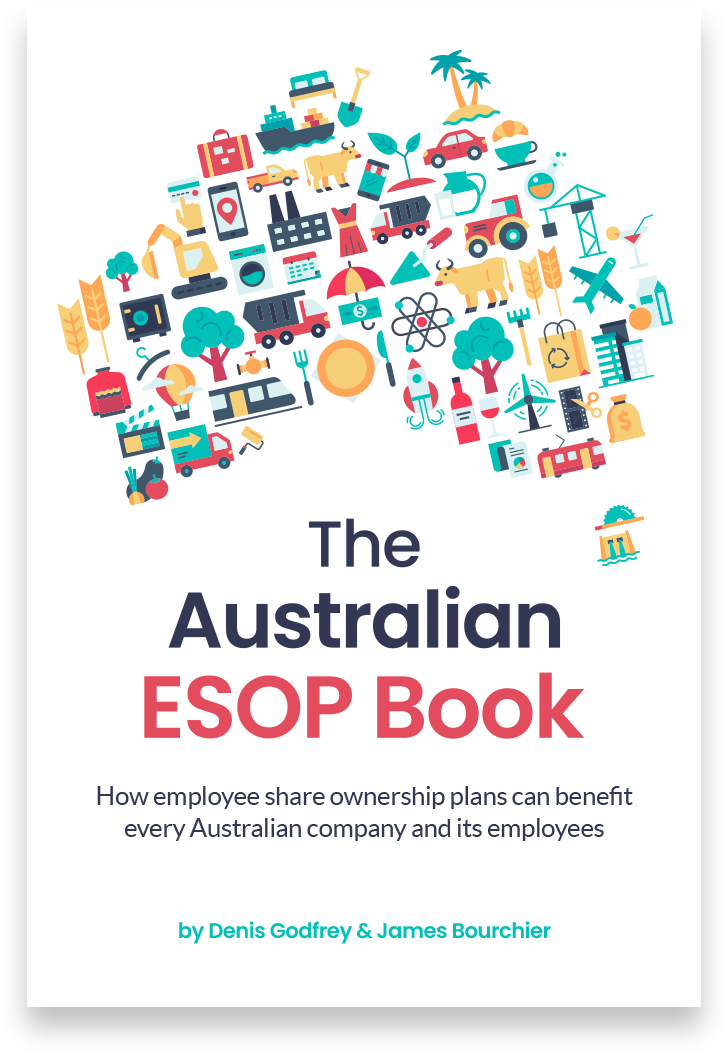Advantages
- Most popular plan type in Australia.
- Flexible designs with diverse applications, from fixed pay component to short and long term awards.
- Enables efficient application of clawback and malus provisions.
- Advantageous and flexible tax treatment.
- Can be applied to as few or as many employee groups as desired.
- Can be rolled out globally.
- Can be used for Sophisticated Participants.
- Can include performance and/or service alignment tests but does not have to (can involve disposal and/or exercise restriction only).
- Low cost when “salary sacrificed”.
Disadvantages
- If share price growth is expected to be exceptional, rights do not provide as much leverage as options or share appreciation rights.
- If not done as salary sacrifice, the company must fund the full value: usually offered as part of fixed pay, to settle short term awards, or as the long term component of a package to manage the cost to the company.
- Unprotected salary sacrifice creates a risk of loss for participants; could “backfire” if shares price falls.
- If done as salary sacrifice, will trigger onerous compliance/disclosure requirements for unlisted companies (but not onerous for listed companies).
About Share Rights Plans
SRPs have in the past been mainly used as:
- Restricted Share Rights (entitlement to a Share only) in non-executive director (NED) equity plans on a fee sacrifice basis.
- Performance Share Rights which are commonly used for executive long term variable remuneration (LTVR) plans.
- Restricted Share Rights are often used to settle or defer short term performance awards to minimise the cash impact of short term reward structures and access favourable tax treatment without risk-of-forfeiture.
- Service Share Rights are often used:
-
- to gain a retention effect from settling part or all of short term awards in equity,
- as part of fixed pay for executives to supplement low cash salary,
- as a targeted service-based reward to retain key talent, and
- as a sign-on award or sign-on bonus to attract key talent.
However, following changes in the regulatory environment in 2022, share rights can be used broadly and effectively in employee share ownership plans (ESOPs). The employee share scheme (ESS) taxation provisions treat Rights very differently to shares.
When referring to a Right here, we are referring to an entitlement to a Share for nil cost i.e. the Exercise Price is nil – see Share Appreciation Rights aka “SARs” for discussion of Rights structures with a non-nil exercise price, which are the modern, superior alternative to traditional options.
Rights are sometimes referred to as zero exercise priced options or “ZEPOs”. If a company is using Rights as part of its LTVR plan then, grants of Rights to general employees may be able to be made under an existing LTVR plan if the rules are sufficiently flexible to accommodate such grants.
Under a SRP employees acquire Rights via either salary sacrifice or as an additional benefit. Two disposal restriction need to be considered in relation to grants of Rights. The first needs to apply to the Rights prohibiting dealing other than exercise – this dealing restriction together with other provisions will defer the taxing point until at least exercise. The other type of disposal restriction can apply to the shares acquired on exercise of Rights. These disposal restrictions cannot be changed once the Rights are issued. Tax is deferred until the disposal restrictions cease to apply and the employee is taxed on the then value of the shares. Any dividends received on the shares are taxed in the normal way. While unintuitive, the advantage of this tax treatment is an effective CGT rate of nil, compared to on market purchase from after-tax cash income (while more tax is paid in total, the net benefit is improved when the share price is growing).





